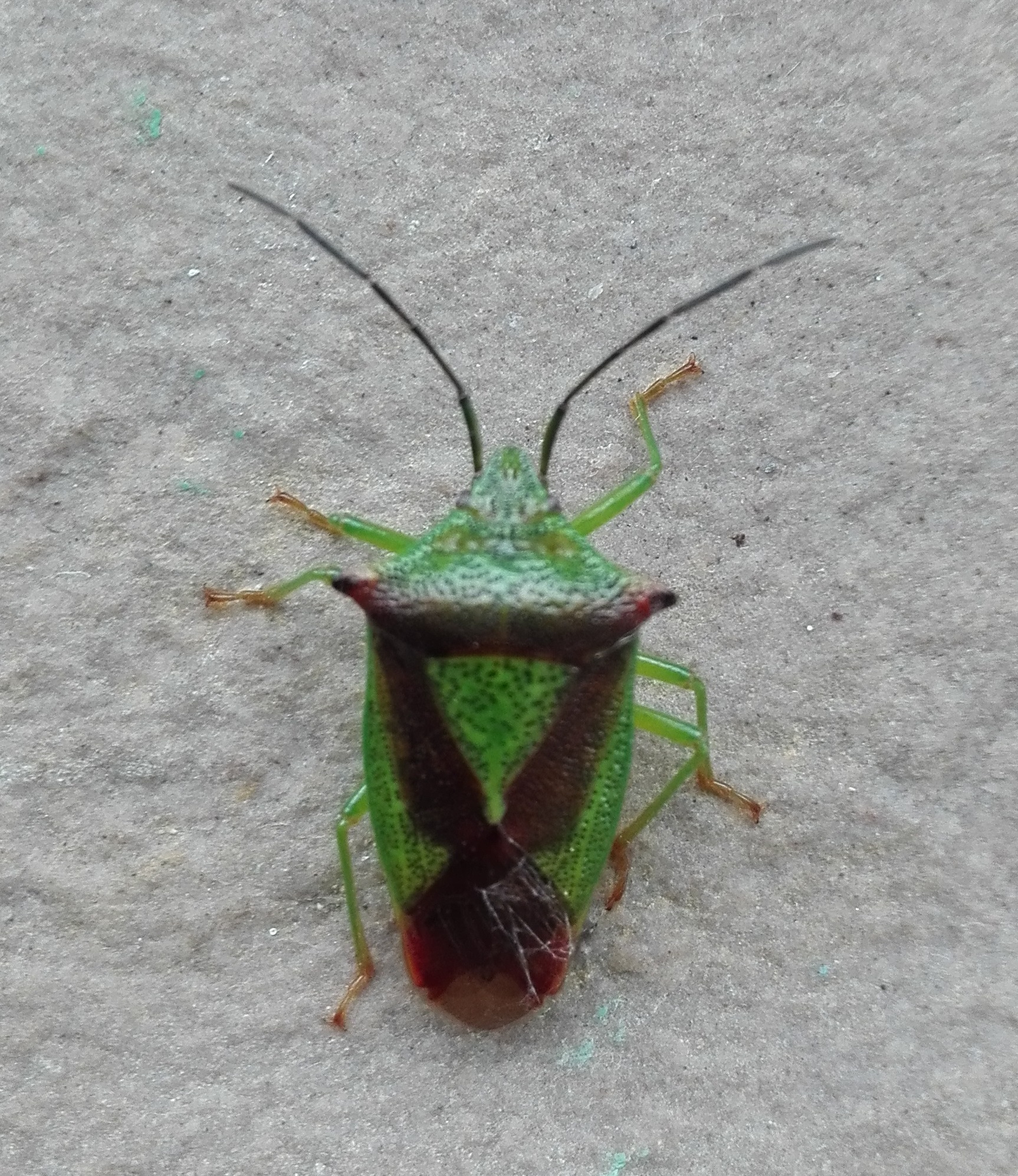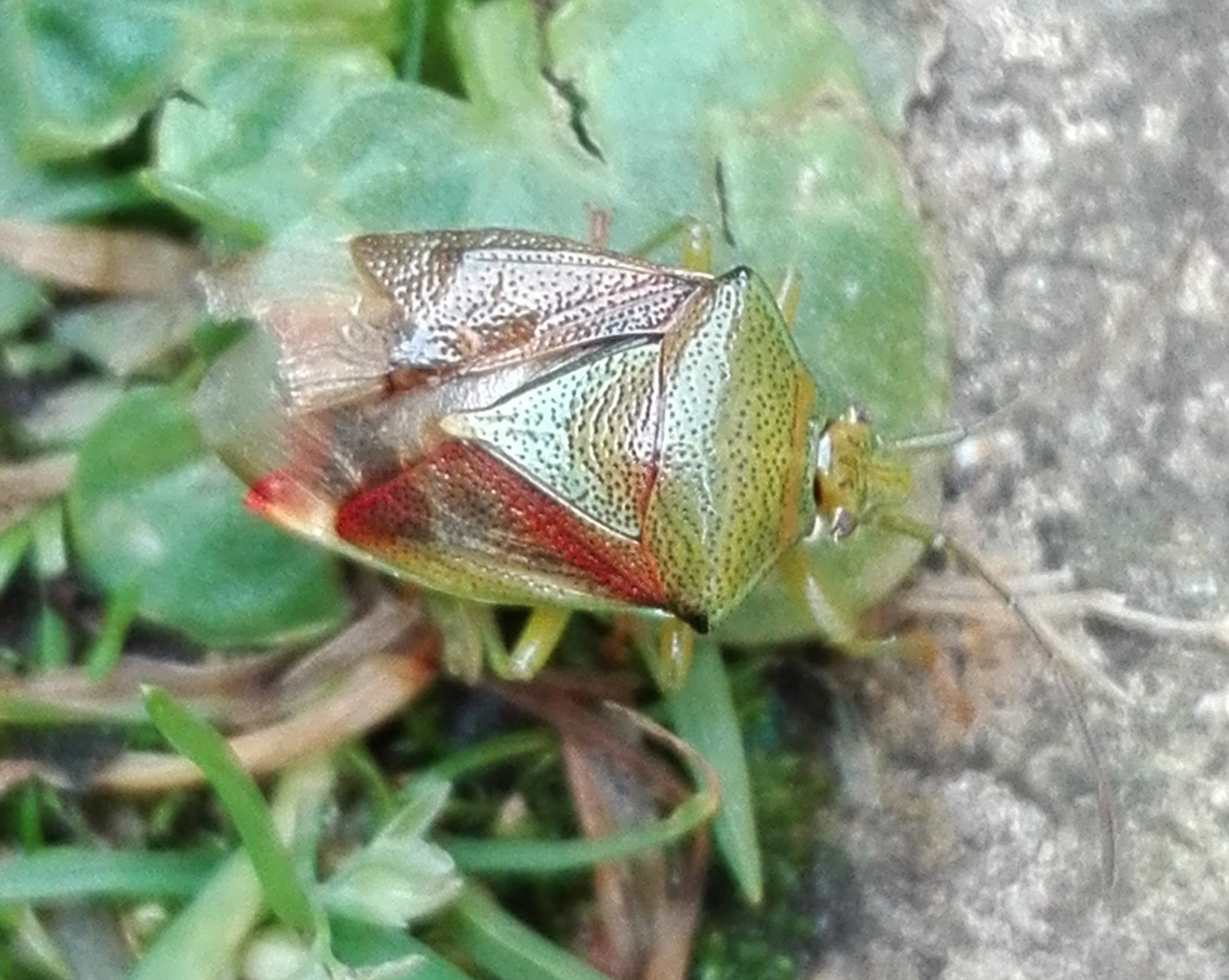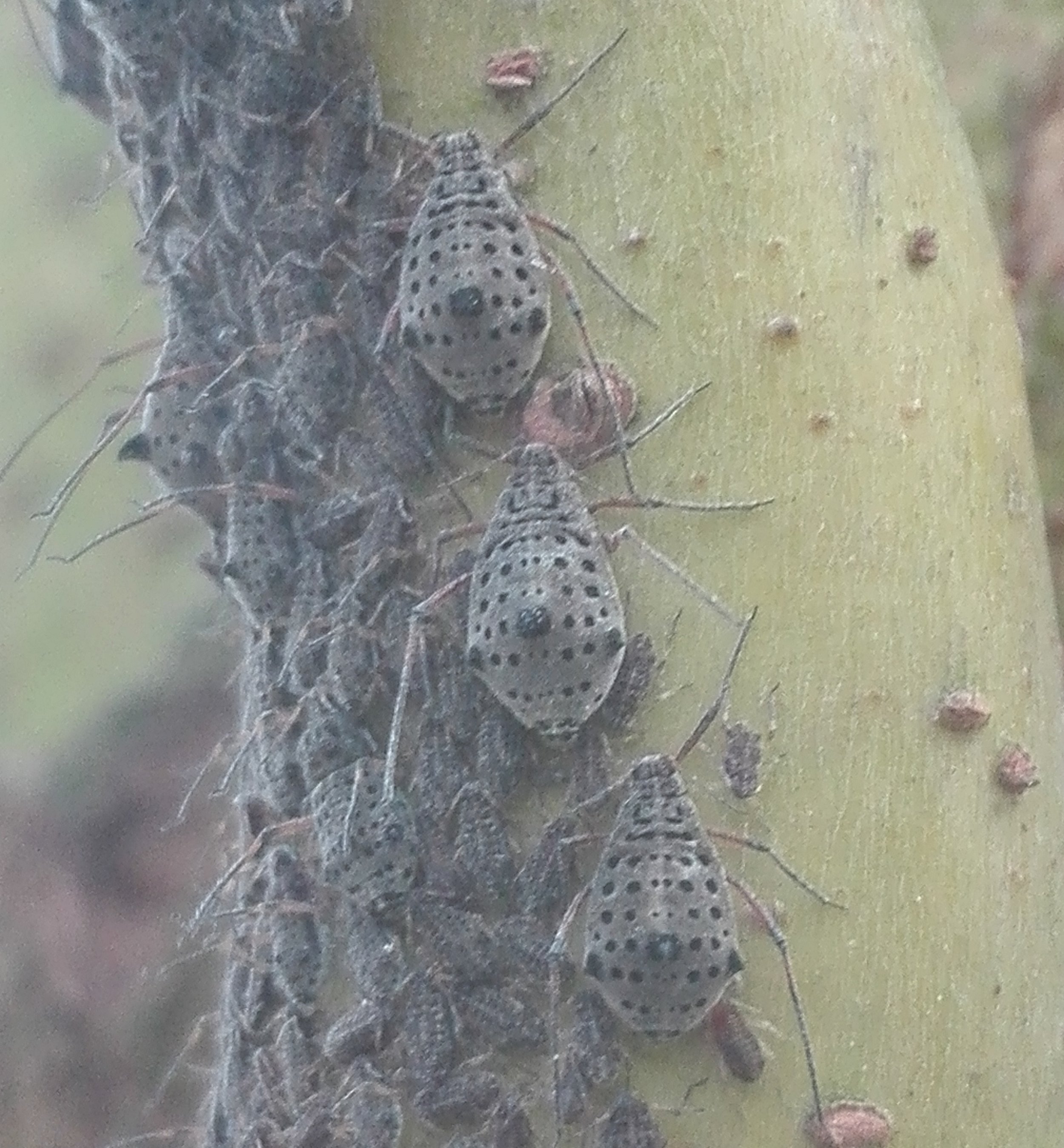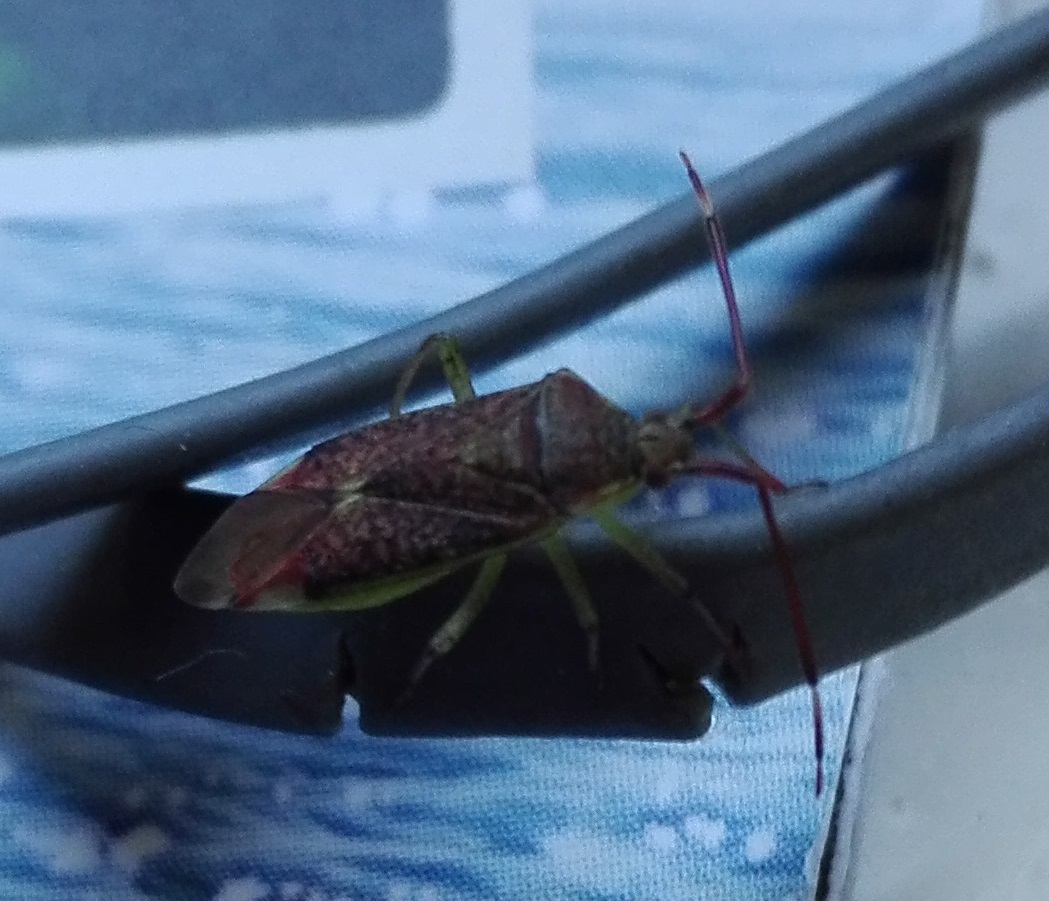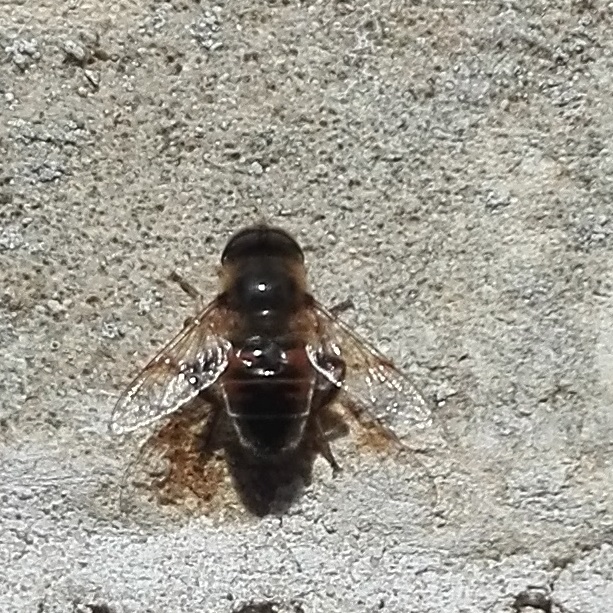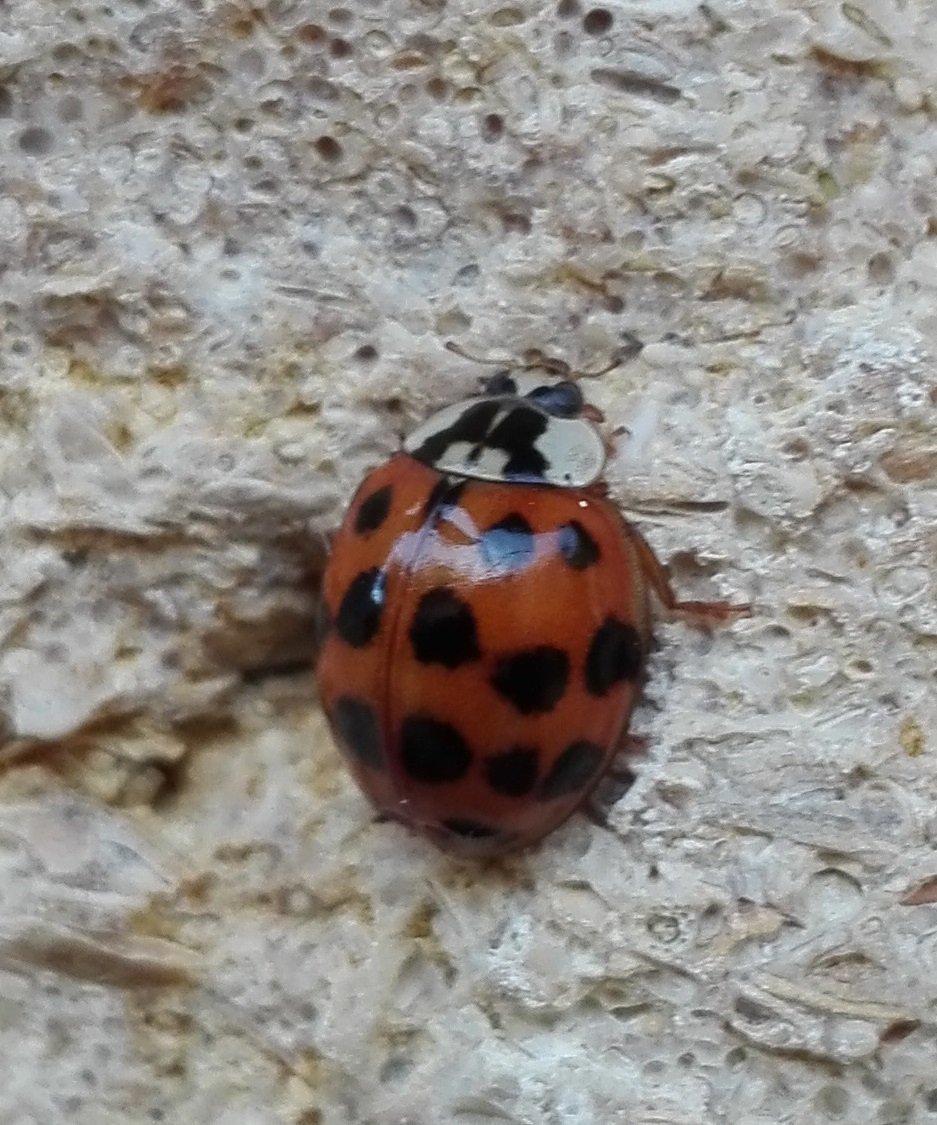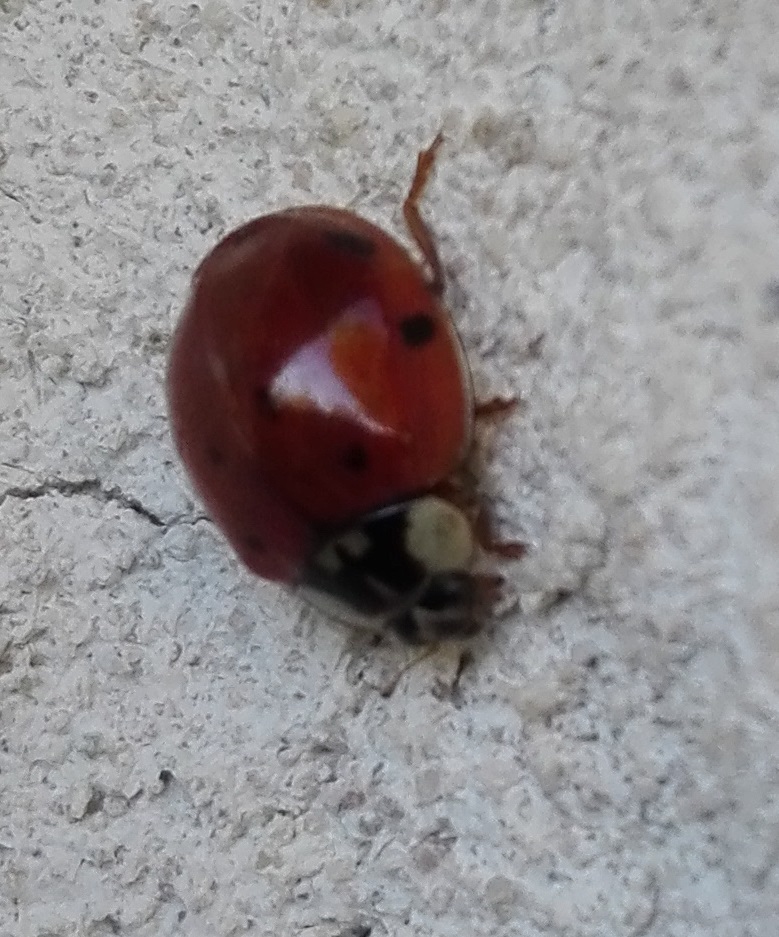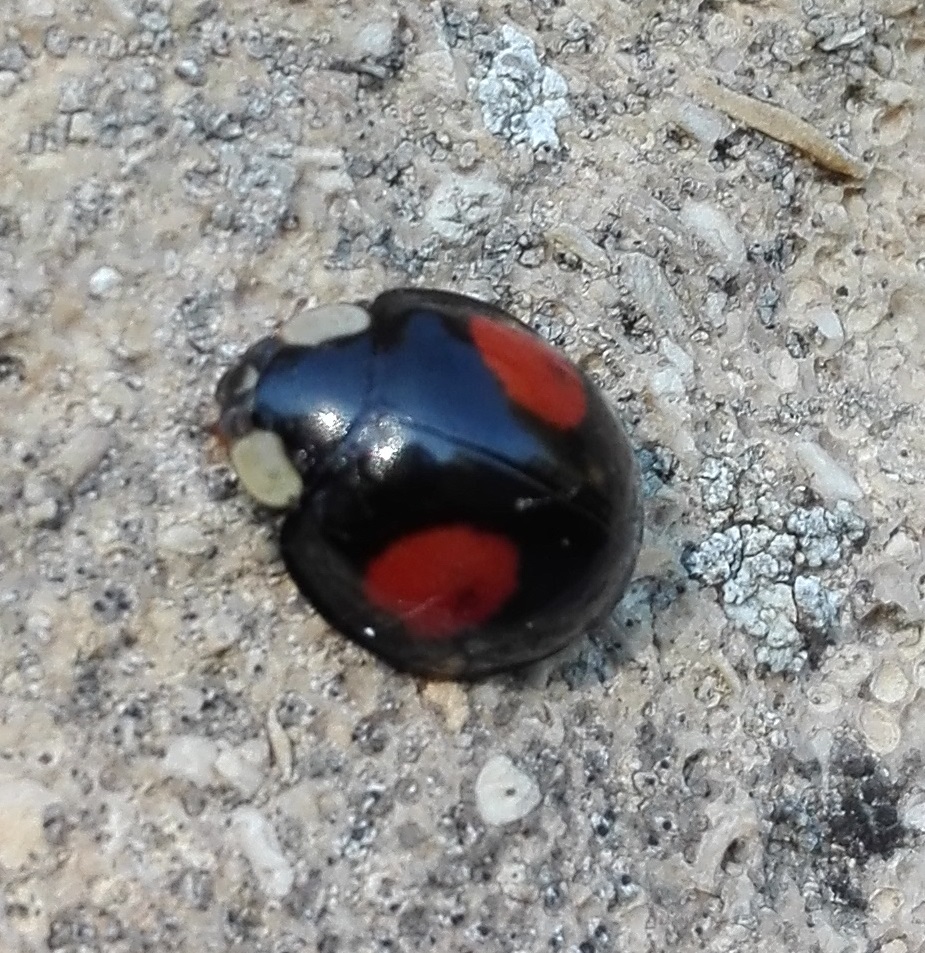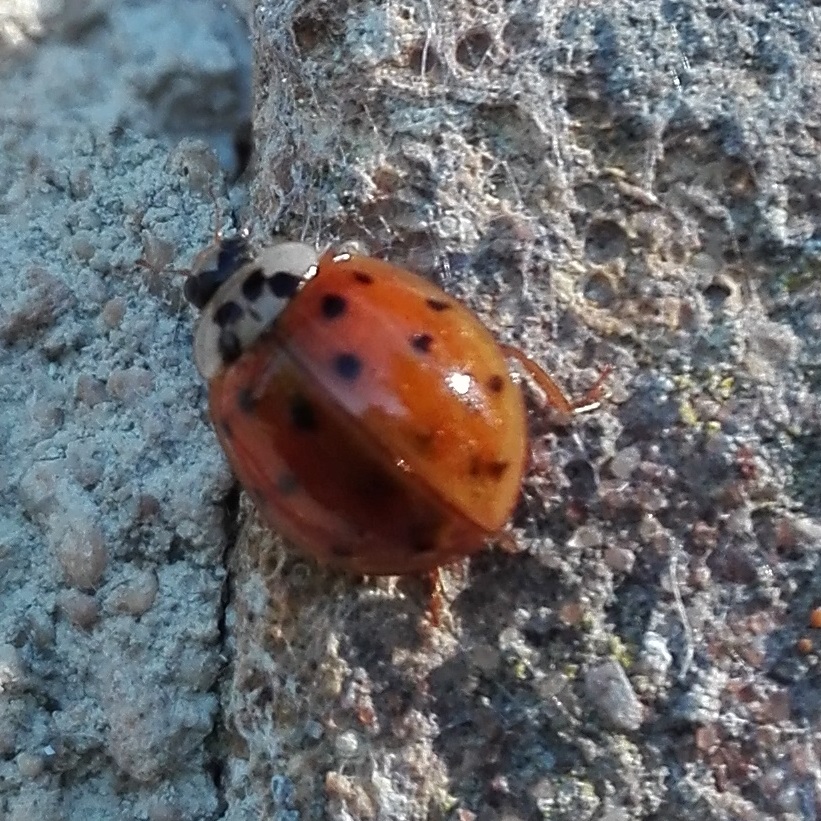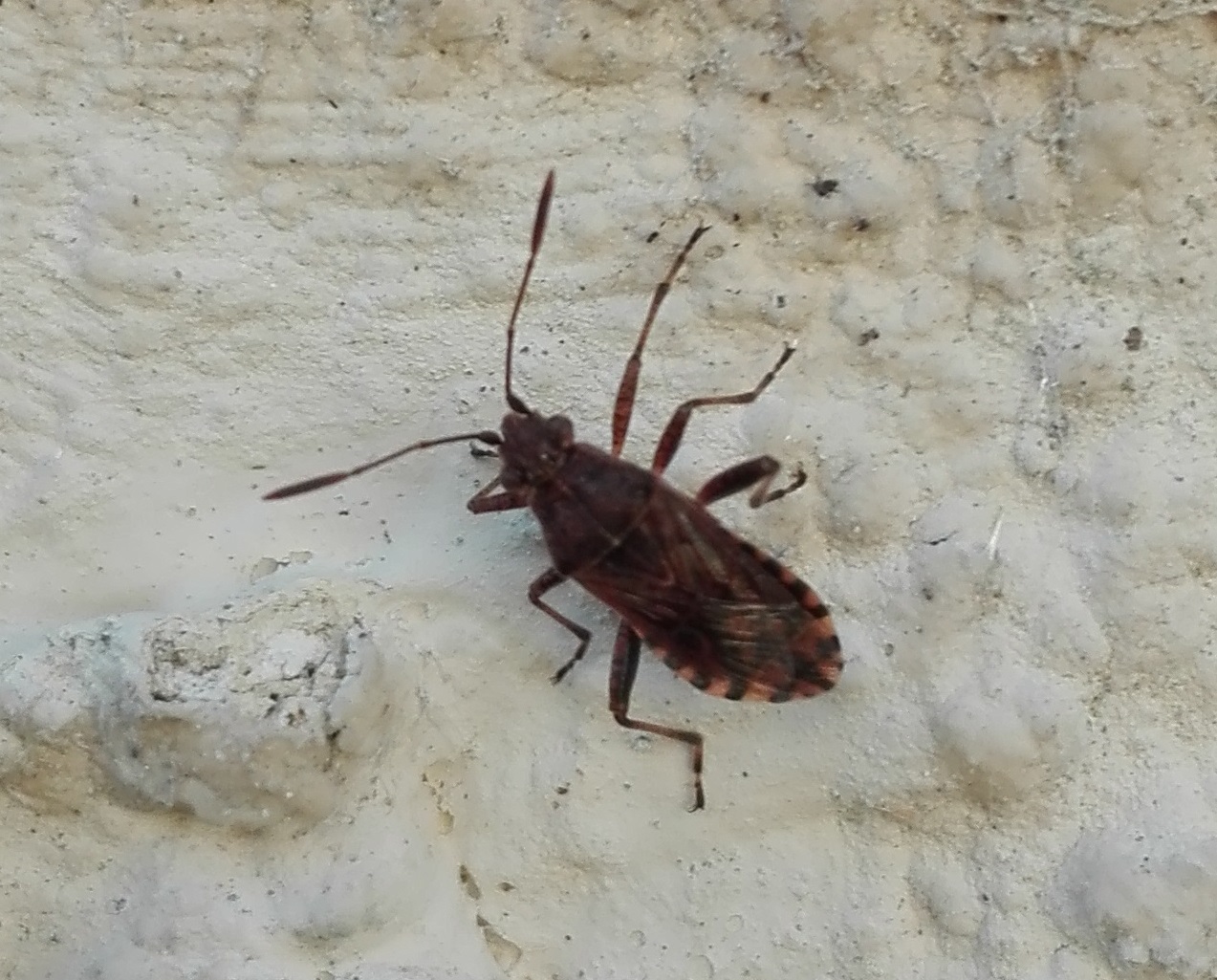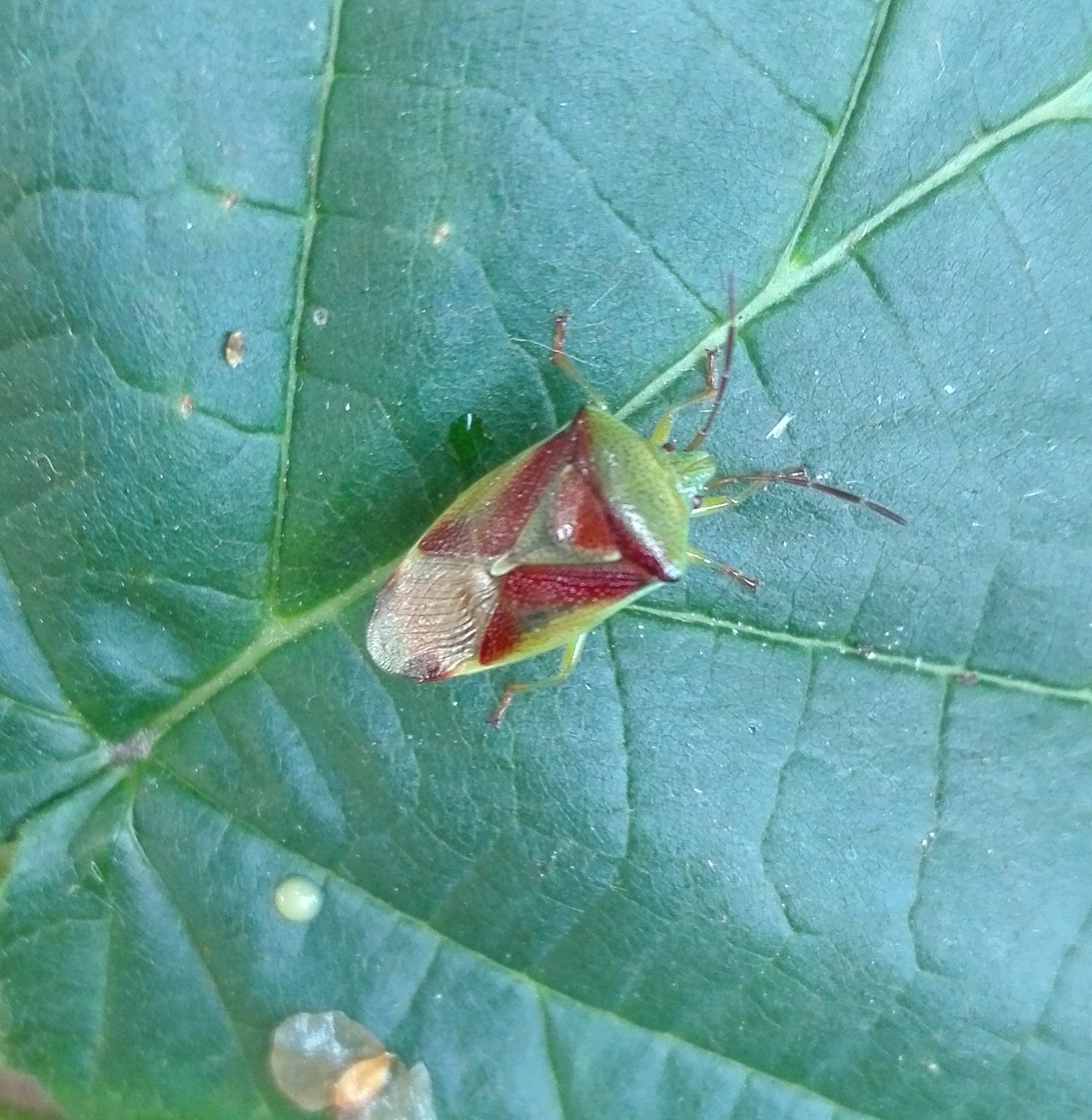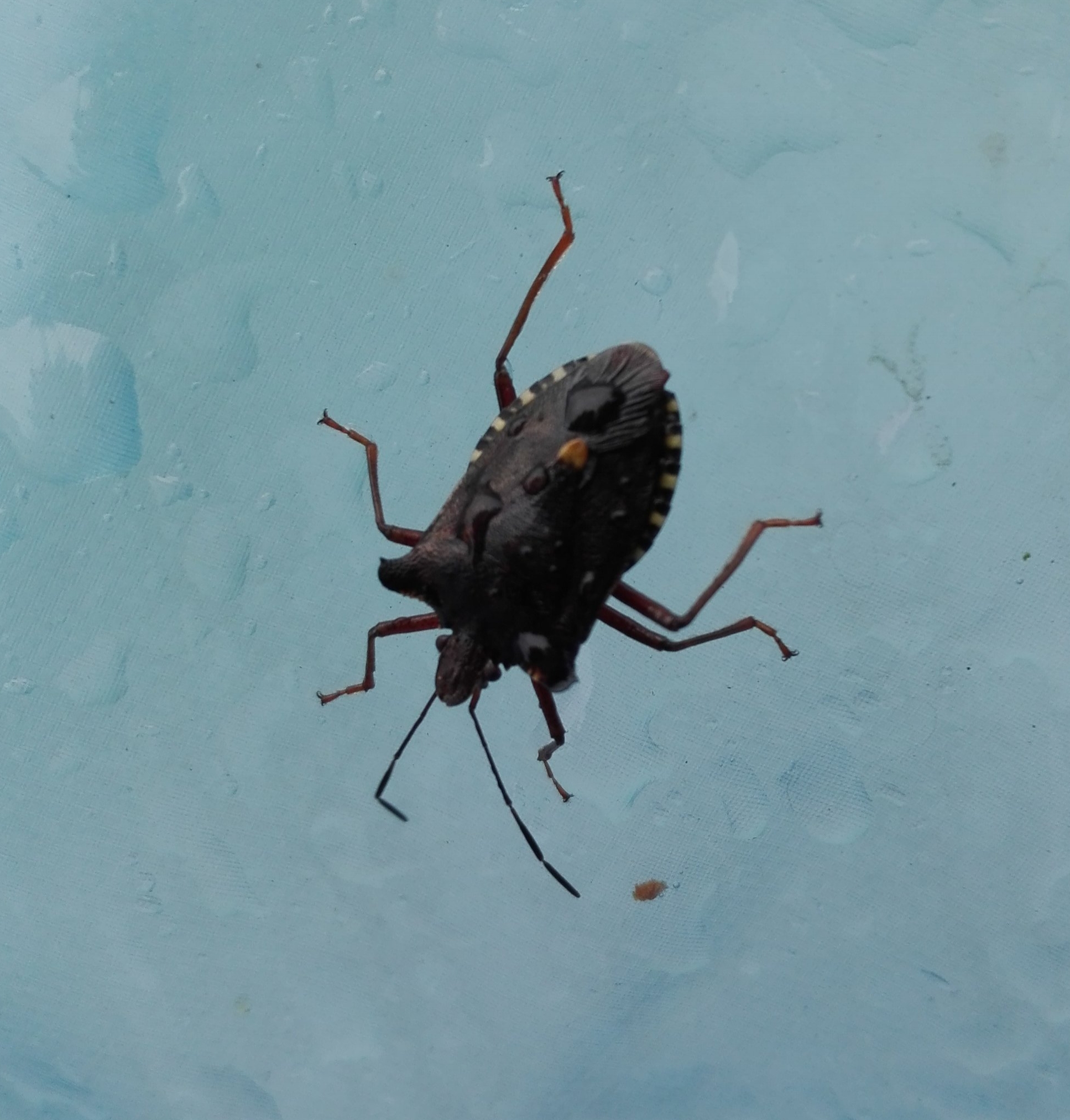Hawthorn Shield Bug (#427)
/Starting to see a few insects around the garden now; this one was hiding up in the chard picked from my vegetable plot for dinner. Shield bugs over-winter as adults, so maybe it’s been there all winter? The Hawthorn Shield Bug (Acanthosoma haemorrhoidale) is quite common, and although it has a preference for hawthorns (which I don’t have in the garden), it also is found in birch and hazel trees. It is quite similar to the closely-related Birch Shield Bug, but differs in it’s more elongated shape and it’s burgundy-coloured, pointy shoulders. I’ve put both species side by side below for comparison.

